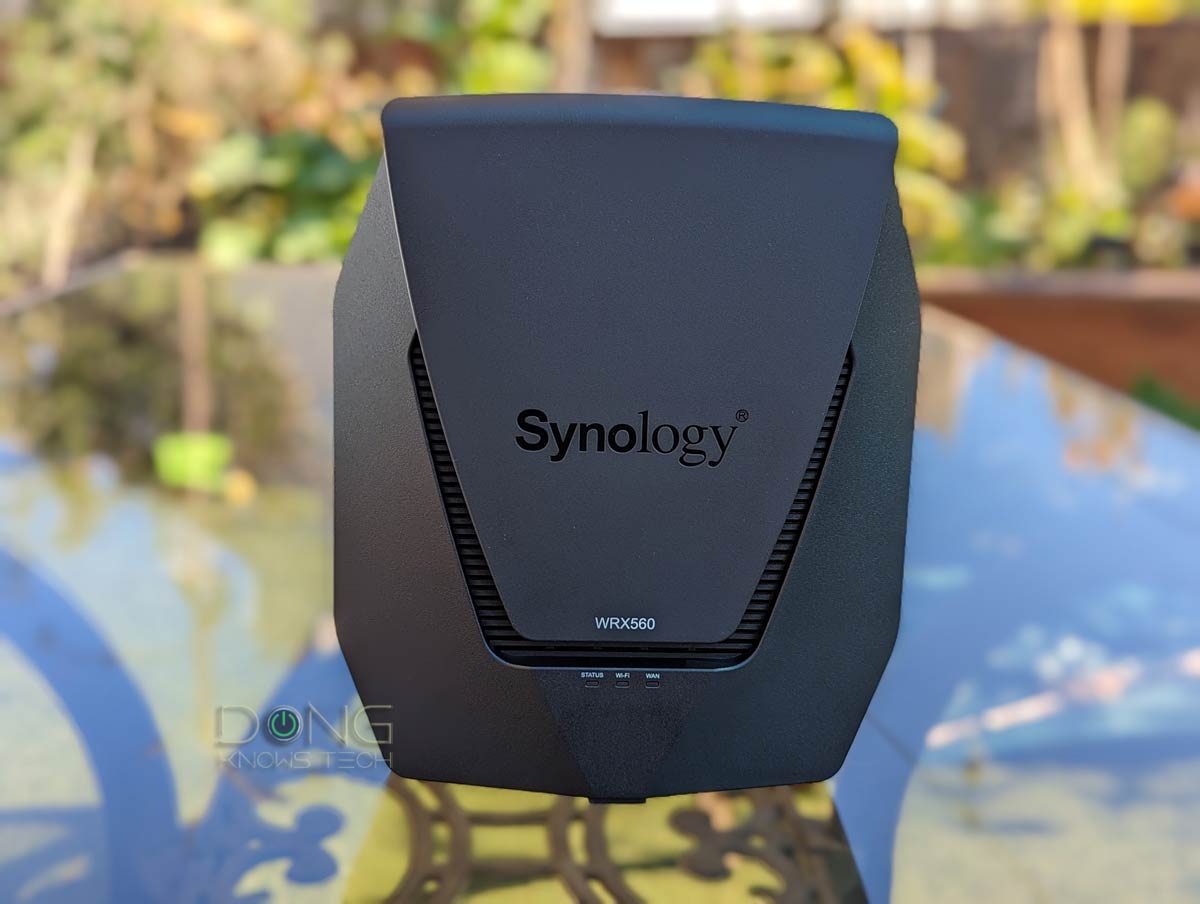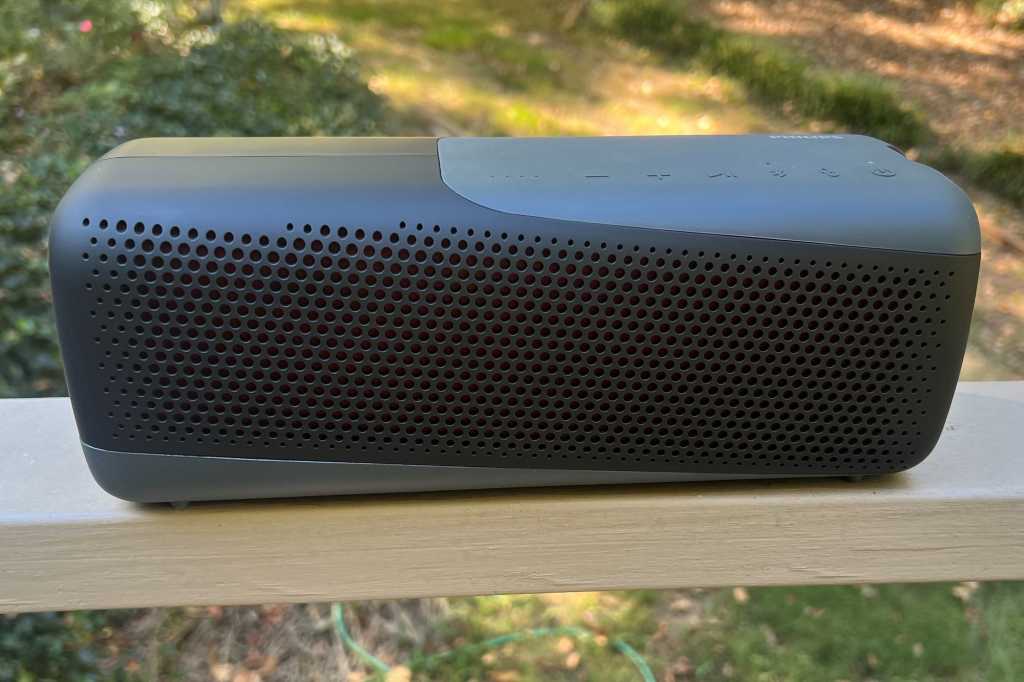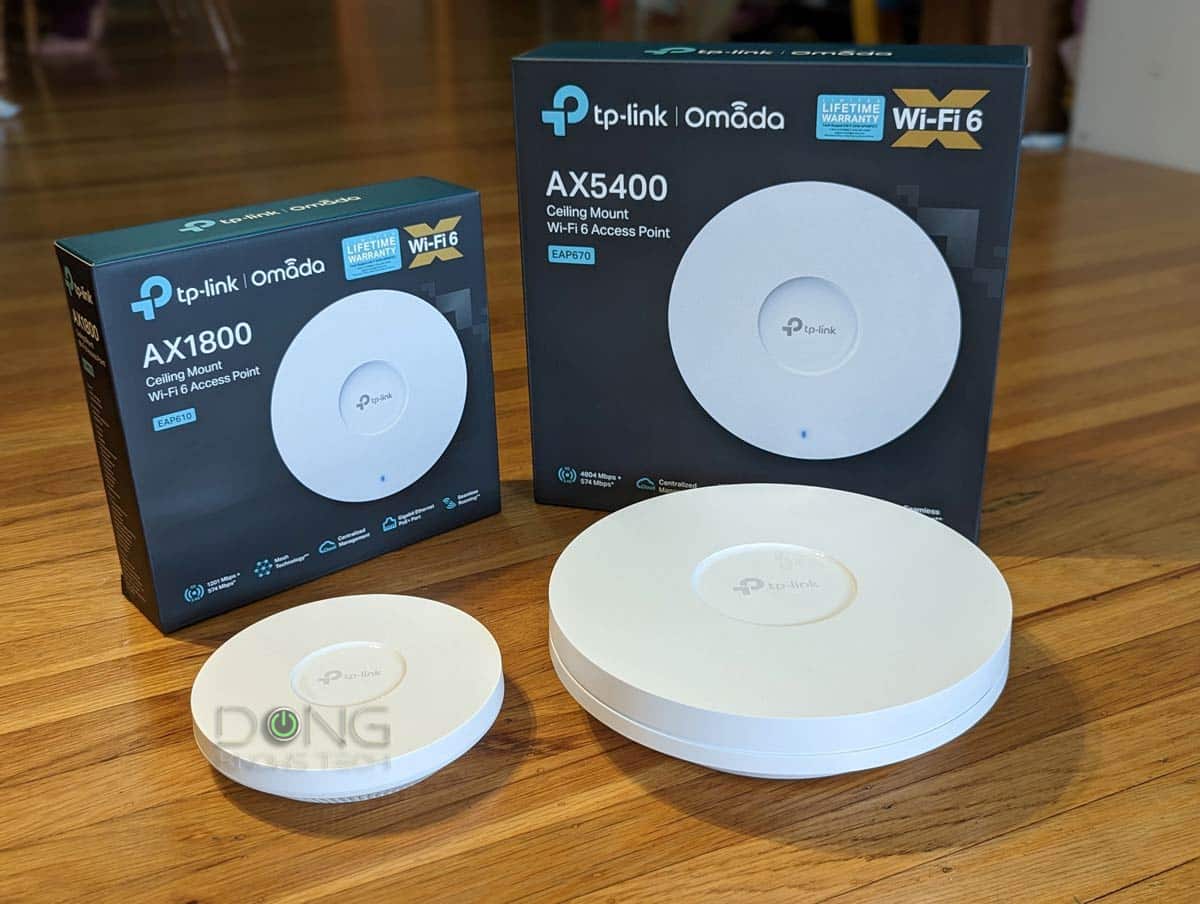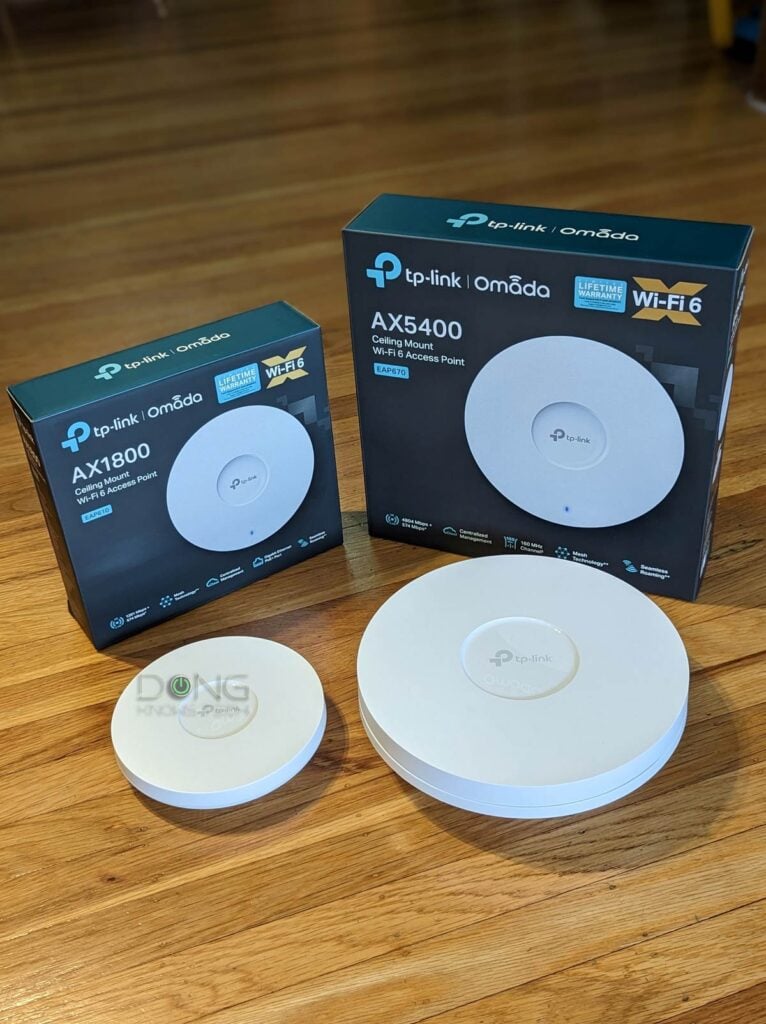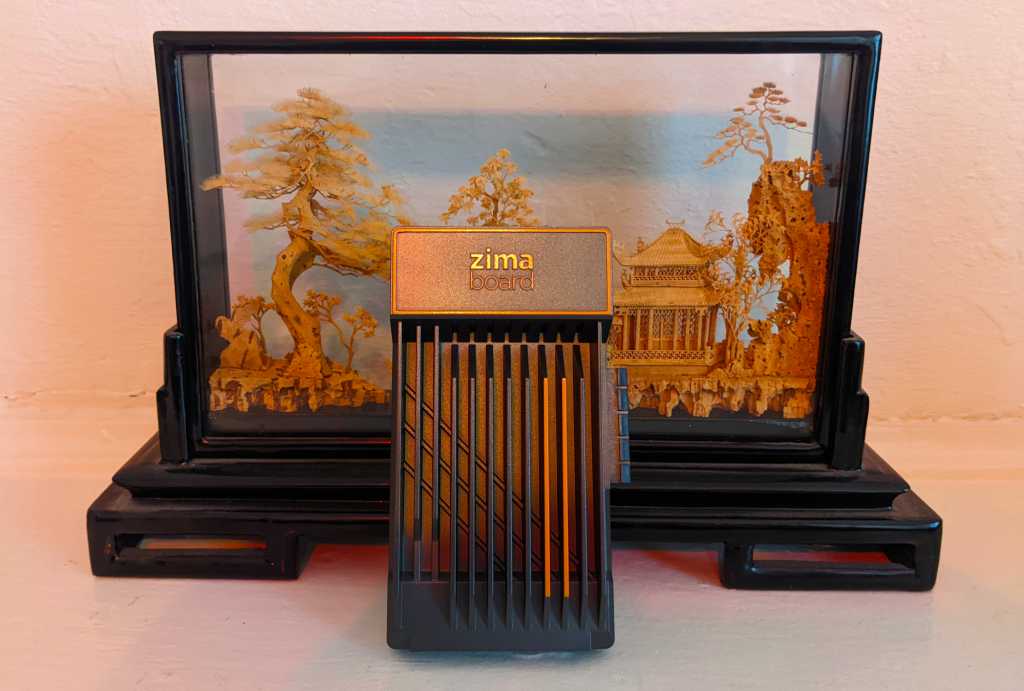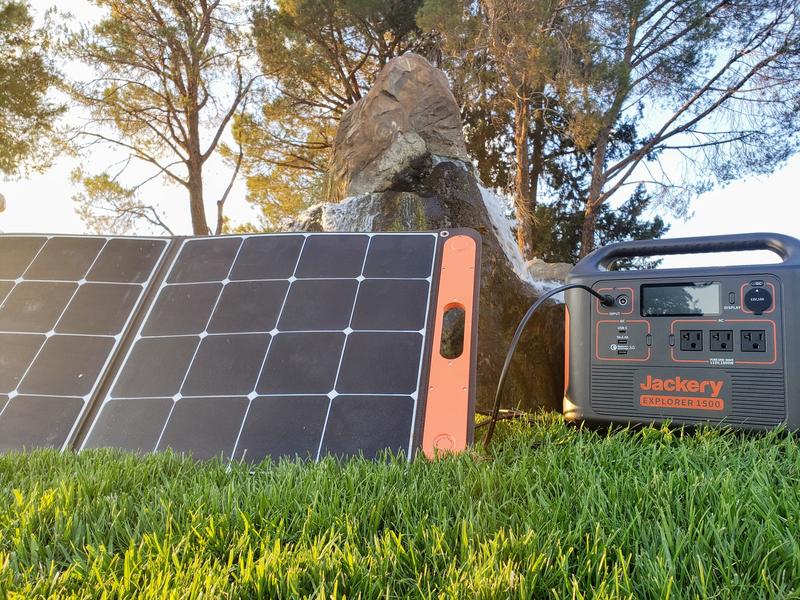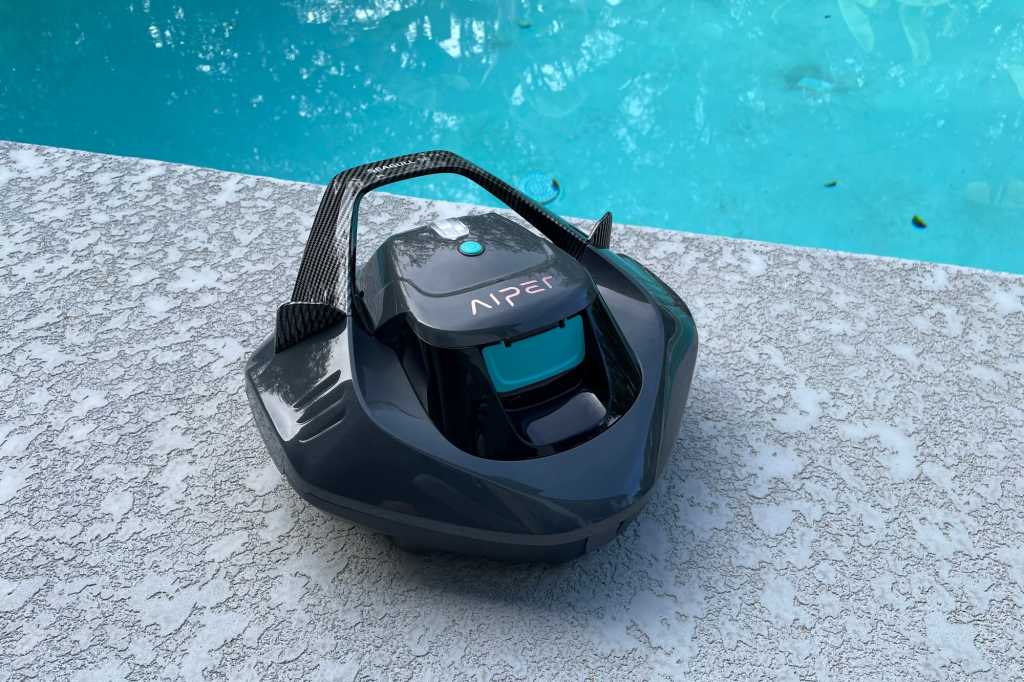 Source: Technobuffalo
Source: Technobuffalo
Synology WRX560 Review: Best Mid-Tier Wi-Fi 6 Router
A year or two ago, the Synology WRX560 would have been an awesome Wi-Fi 6 router.
But considering the current ubiquity of Wi-Fi 6E and the upcoming Wi-Fi 7, Synology’s latest router, first announced in late October 2022, seems awfully dated. Though excellent, as it proved in my testing, this one is still a middling Dual-band Wi-Fi 6 broadcaster.
While the new router has UNII-4 novelty but that’s pretty irrelevant considering it’s a Dual-band Wi-Fi machine, and there’s no client supporting this portion of the 5GHz band.
The bottom line is this: If you’re happy with Dual-band Wi-Fi 6 — and in most cases, you don’t need anything more than that — the Synology WRX560 is an excellent router more than worth its current street price of $250. I’d even call it the best among its peers.
But getting it means you’ll miss out on a lot, including top-tier Wi-Fi 6 specs and the 6GHz band, which is a major part of Wi-Fi’s future.
The WRX560 is a bag of mixed feelings. To buy or not to buy is the question.

Synology WRX560: A solid mid-tier and opportunity-missed Wi-Fi 6 router with a 2.5GbE WAN port
The WRX560 is both families yet different. It shares the same firmware as the rest of Synology’s routers — except for the old RT1900ac that’s stuck with the older firmware version — yet comes in a new design and some novelties.
Nice but somewhat impractical design
Out of the

